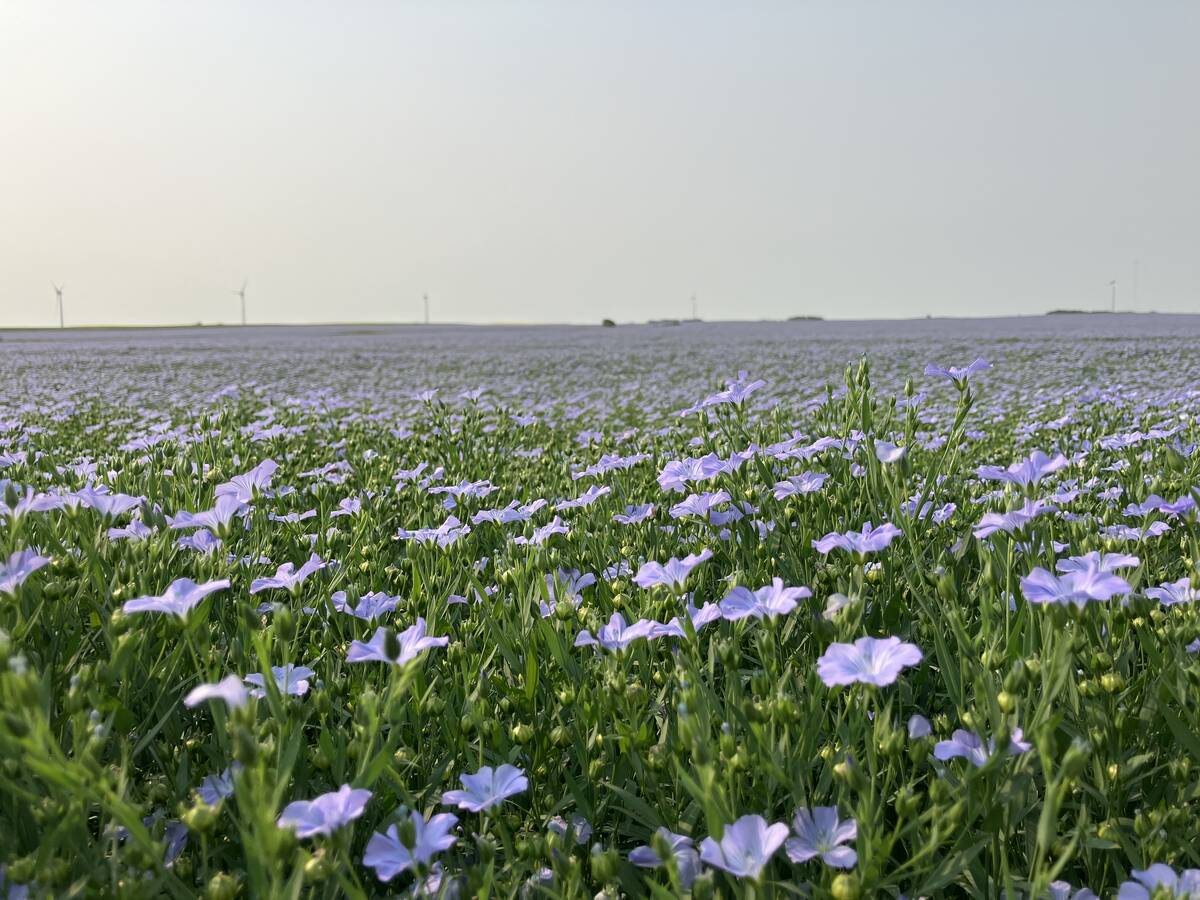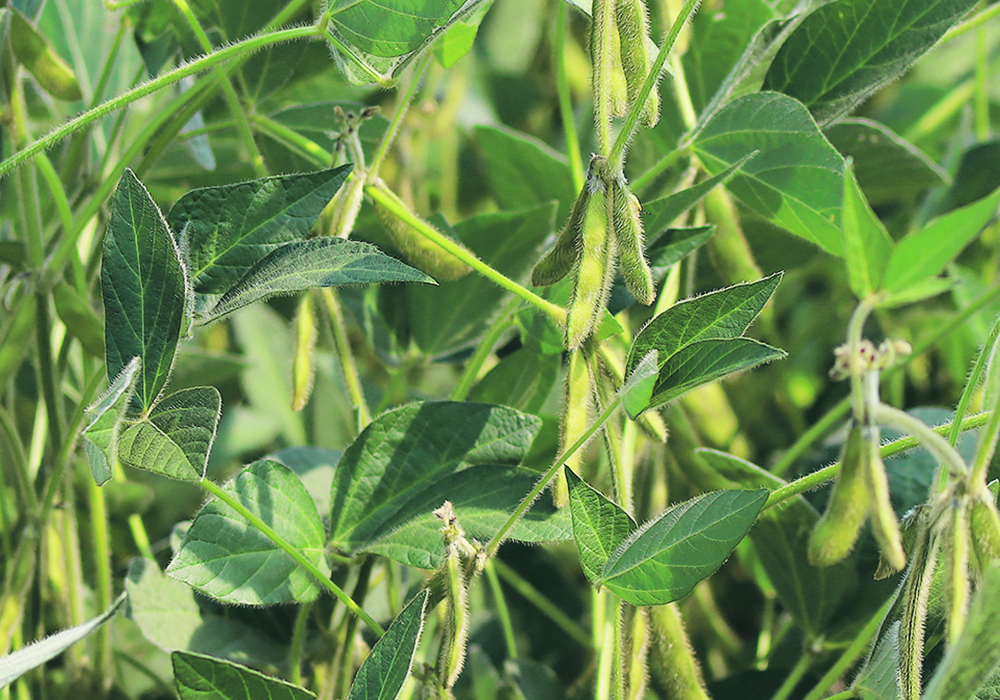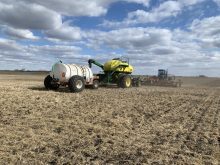Markets and marketing will always be a secondary concern, to put it politely, for 95 percent of farmers.
Everything else — agronomics, rotation, machinery, management ease, history — will always come first.
And that’s right and reasonable.
The truth of this came clear to me from a few recent stories I’ve worked on, highlighting opposites of the marketing cause-and-effect in the farming world.
One showed how putting (short-term) price and profitability first in farming decisions can lead to peril. The other showed how for most farm production, the marketing and markets consideration have to follow sound farming decisions and strategy.
Read Also

Huge Black Sea flax crop to provide stiff competition
Russia and Kazakhstan harvested huge flax crops and will be providing stiff competition in China and the EU.
Down at North Dakota State University in June I was astounded to hear how some growers in eastern North Dakota had grown soybeans-on-soybeans year after year, for more than a decade.
That wasn’t the average farmer there, who has at least a corn-soybeans rotation and often spring wheat, sunflowers or sugar beets in the mix, but there had been more than just a few who had gone with soybeans-on-soybeans again and again because each spring that seemed to offer the best chance to make a buck. The market returns for that crop were best, so they went for that.
The result for a not insignificant number of these market-focused farmers has been to devastate their fields with multiple herbicide-resistant weeds, making some fields unfarmable.
These nightmare weeds, like waterhemp, spread like wildfire if they aren’t immediately tackled. They can produce tens of thousands of seeds per plant and if they’re just put through the combine, thousands of those seeds end up not just on the soil, but spread across the soil by the action of the combine. If these weeds are allowed to spread this way for two or three years, the field can become utterly overwhelmed.
Good agronomic practices and active weed management can restrain these weeds, but a big part of that is weed-smothering rotation and multiple chemistries. That’s hard to achieve for a grower focused on this-year returns only.
Western Canadian farmers usually have a deeper commitment to a robust rotation, but there are areas where canola-snow-canola has been happening, something that pencils out good profits many years, but also risks long-term agronomic damage and lost profitability.
A situation in which markets come up at the end, only after several other factors lead a farmer to bring in a new crop to his rotation, appears in my series, From rye to Rye, which began a couple of weeks ago. The farmer I profiled, and a few others I have chatted with in the last year, came to rye when looking for a crop to solve both agronomic and farm management challenges.
Fall rye is one of those much ballyhooed cover-crops, which help cover vulnerable soils in the autumn, winter and spring, provide habitat for nesting birds in the spring, and produce a nutritious feed, food and distillable grain that can be sold out in the market.
For the farmer I profiled, protecting his peaty soils, producing a crop in saline areas and incorporating something that let his farm seed and harvest outside the usual windows were the triggers for his interest. Only after that did he do the markets-check on whether the crop could be grown at a profit.
As feed for cattle or pigs, as silage, and as grain for food or distilling, there are multiple markets for rye, as there are for most crops. It isn’t easy to market, but its profitability can be good with the right yield, low ergot and the right market.
Most rye growers I have spoken with aren’t growing it based foremost on profitability, and certainly not for ease, since it requires a willingness to engage with various niche markets rather than big buyers at the elevators. But they seem to get a kick out of discovering new markets they hadn’t interacted with before.
Some growers hope to see their rye go for whisky-making, because that would be cool and might bring a little premium, but the market will always be something that follows the growing and the managing.
Farming for the market will always happen and profitability is always the underlying concern of every decision on a farm, but for most farmers, the markets will remain something that have to be managed after figuring out what will grow best, what they can manage best, and what works with everything else happening on a farm.
Markets matter, but only once the other stuff comes together.


















